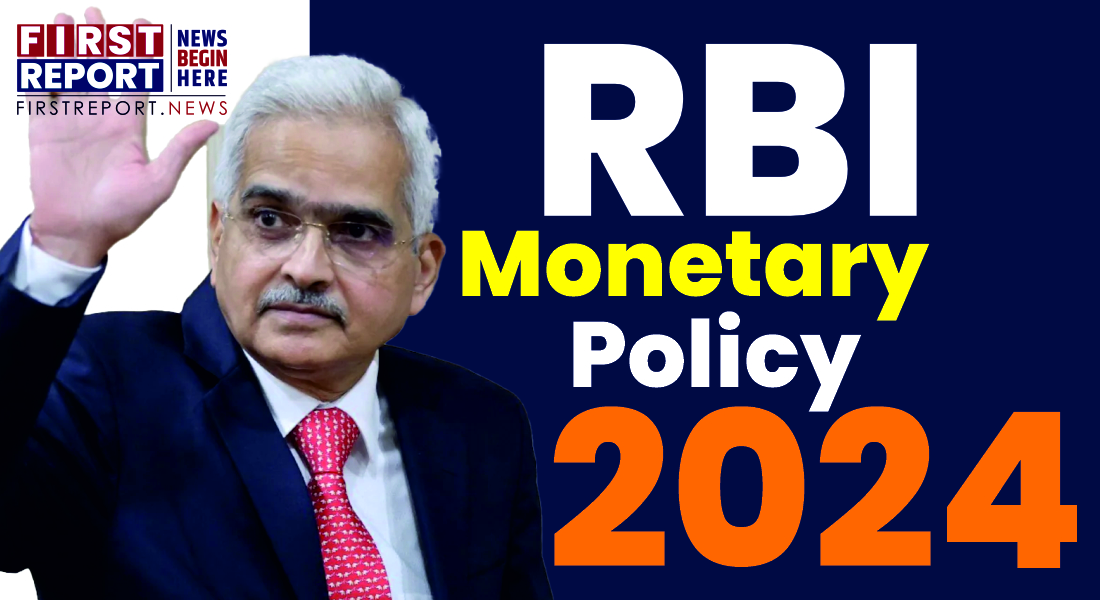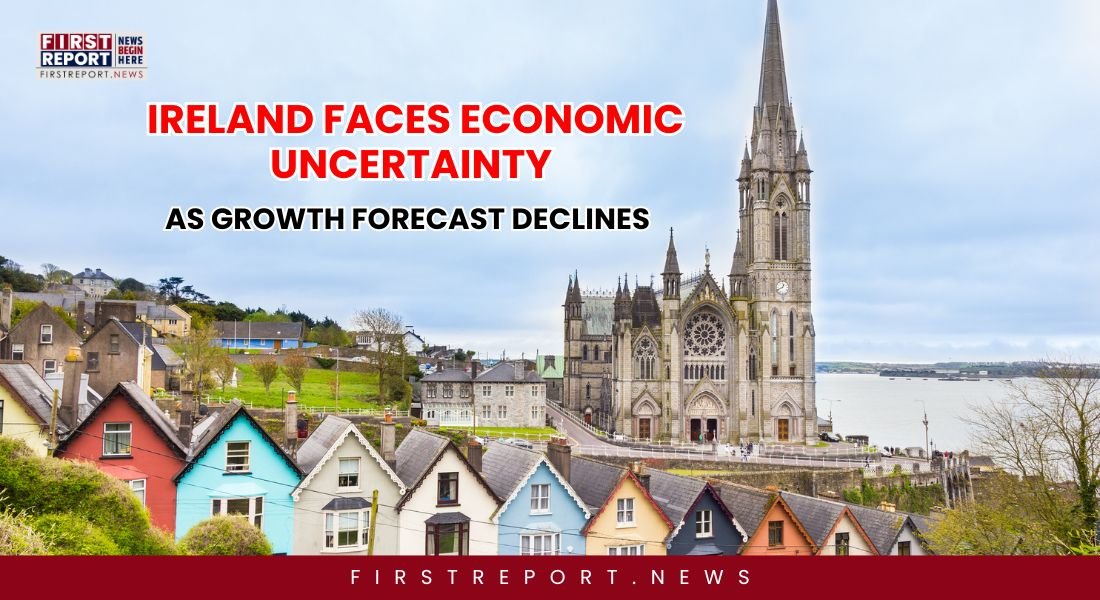The Reserve Bank of India (RBI) held its Monetary Policy Committee (MPC) meeting for the second time this fiscal year on June 2024.
The world has been through many challenges lately, but India’s economy is doing well. New technologies, trade changes, and climate change bring risks and chances. India has a young population, better skills, and helpful government policies. This could lead to long-term economic growth. The Reserve Bank of India is getting ready for India’s future by improving its role in the global economy. They have plans to make the bank a great example for other developing countries. These plans are still being determined and can be changed as needed.
India’s central bank, the RBI, kept interest rates unchanged after a committee meeting. Their main goal is to bring inflation down to 4% while allowing the economy to grow.
Inflation is slowly dropping, especially for non-food items. However, food prices remain high, which could cause problems later. The RBI is committed to controlling inflation and will take action if needed. Create a strong foundation for future economic growth.
Global Growth
The global economy will hold steady in 2024, with trade picking up. Inflation is falling, but reaching the target might be challenging. Central banks are watching data closely as they fight inflation. Interest rate cuts may come later than expected. Stock markets rise in developed and developing countries, while gold prices climb due to safe-haven buying.
Domestic Growth
India’s economy grew 8.2% in 2023-24 and is expected to grow 7.2% in 2024-25. Manufacturing is doing well, with strong domestic demand. Service sectors like tourism and finance are also healthy.
A good monsoon season is expected to boost agriculture and rural spending. Government spending and business confidence are high, pointing towards continued investment. The outlook for the Indian economy remains positive.
Inflation
India’s overall inflation is falling, but food prices remain high, especially vegetables. Hot weather could be the reason for this. However, a good monsoon season is expected to improve food production later in the year. This could bring down food inflation, particularly for grains.
Inflation is projected to be 4.5% for 2024-25. There is still some uncertainty, depending on factors like global food prices and monsoon rains.
Also Read: How to Fight Phone Addiction

What do these Inflation and Growth Conditions mean for RBI Monetary Policy 2024?
India’s economic outlook is positive, with growth expected to stay above 7% for the fourth year in a row. Inflation is also on a downward trend, thanks in part to effective monetary policy by the RBI (Reserve Bank of India) 2024.
While acknowledging the role of global factors, the RBI focuses on domestic conditions. They prioritize managing inflation within their target range, currently 2-6%, while supporting economic growth.
Food price fluctuations remain a concern, but the RBI is closely monitoring the situation to prevent spillover effects on overall inflation. Their focus is on achieving sustained inflation control without hindering economic progress.
RBI Maintains Liquidity
India’s central bank, the Reserve Bank of India (RBI), has been actively managing liquidity conditions throughout the year. They have used various tools to keep short-term interest rates stable despite fluctuations in liquidity. Initially, they absorbed excess cash through auctions and injected liquidity when needed. Ensured banks had enough funds to lend.
The RBI’s measures have been successful. Money market rates stayed balanced, and yields on certificates of deposit and commercial paper fell. This indicates overall borrowing costs are decreasing. Importantly, credit is still flowing smoothly in the economy, a sign that the RBI monetary policy 2024 actions are being transmitted effectively.
Also Read: How to Reduce AC Bill
Indian Banking System: Strong Fundamentals, Focus on Customer Protection
The latest financial results show a healthy system with low bad loans and strong capital reserves. This positive trend extends to non-banking financial companies (NBFCs) as well. Regulators insist that all financial institutions maintain high governance, risk management, and compliance standards.
One area for improvement identified is the gap between credit and deposit growth. Banks must review their business plans to ensure a healthy balance between lending and attracting deposits.
Customer protection remains a top priority. The Reserve Bank of India is ensuring financial institutions are transparent in their fees. Some institutions have been found charging hidden fees, and high interest rates on small loans are being monitored. The Reserve Bank is committed to fair practices and financial stability.
Also Read: Creativity vs Knowledge – Which Is Better?

India’s External Sector: Strong Fundamentals, Positive Outlook
India’s external sector shows positive signs. A lower trade deficit, strong growth in service exports, and healthy remittance inflows are expected to keep the current account deficit under control. Software, business services, and travel are the key drivers of service exports, with global capability centers in India playing a major role. India remains the world’s largest recipient of remittances.
Foreign investment remains a mixed bag. While foreign direct investment (FDI) continues to be healthy, there has been a recent shift in foreign portfolio investment (FPI) with some net outflows. However, India maintains its position as a top destination for FDI in Asia Pacific.
On a positive note, India’s foreign exchange reserves reached a record high, demonstrating a strong external position. Key vulnerability indicators are also improving.
Also Read: IIT Summer Internships 2024
Reserve Bank of India Announces New Measures to Boost Digital Payments, Prevent Fraud, and Promote Innovation: RBI Monetary Policy 2024
The Reserve Bank of India (RBI) recently revealed several initiatives to support India’s digital payments ecosystem. These steps include ease, security, and encouraging an innovative culture.
Focus on Security
- Tackling Online Payment Fraud: It’s concerning that online payment fraud is becoming more common. The RBI suggests a Digital Payments Intelligence Platform to combat this threat. This platform will enable network-level information for fraud prevention and mitigation by facilitating real-time data sharing throughout the digital payments environment.
Escalate Convenience
- Automating Recurring Payments: The RBI plans to expand the e-mandate framework to encompass recurring payments with an auto-replenishment feature. This will be a boon for users, allowing automatic balance top-ups for services like Fastag and National Common Mobility Card (NCMC) when the balance dips below a predetermined cutoff.
- Seamless Small Value Payments: The RBI also intends to bring UPI Lite under the e-mandate framework. UPI Lite, introduced in 2022 for swift and hassle-free small-value transactions, will allow users to set up auto-replenishment for their on-device wallets, ensuring a smoother digital payment experience.
Also Read: Online Vs Offline Shopping
Promoting Innovation
- HaRBInger 2024 – Fostering Fintech Solutions: The RBI will host its third worldwide hackathon to recognize the importance of innovation in the fintech sector, HaRBInger 2024. This year’s themes – “Zero Financial Frauds” and “Being Divyang Friendly” – aim to generate creative solutions for a more secure and inclusive financial landscape.

Wrap-Up: RBI Monetary Policy 2024
The Reserve Bank of India (RBI) held its RBI Monetary Policy June 2024. The Indian economy is projected to grow at 7.2% this year, with inflation on a downward trend. The RBI kept interest rates unchanged to manage inflation and support growth. They are closely monitoring food prices and will take action if needed. The RBI is actively managing liquidity and credit flow in the economy. The Indian banking system remains healthy with strong fundamentals. The RBI is focusing on customer protection by ensuring transparency in bank charges. India’s external sector outlook is positive, with a lower trade deficit and healthy foreign exchange reserves. The RBI announced new measures to boost digital payments, prevent fraud, and promote innovation.
Also Read: Is “Emotional Weakness” Real?




